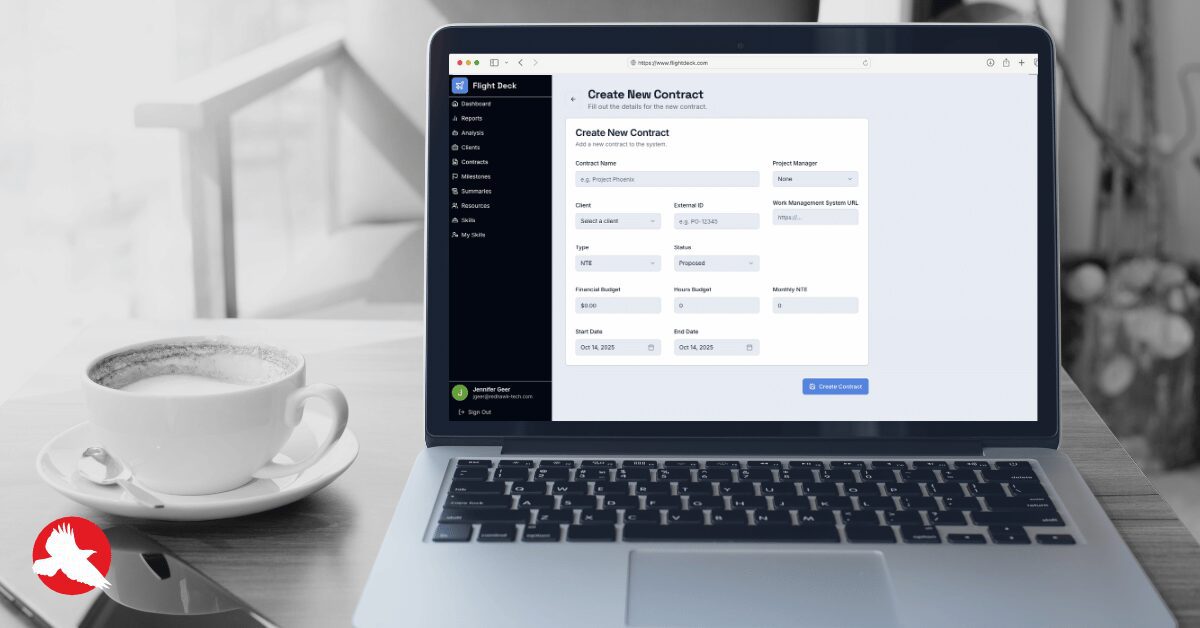TL;DR
Businesses AI adoption strategy doesn’t have to be complicated — but it does have to be intentional.
This guide breaks down 11 practical steps to move your organization from curiosity to capability.
It starts with leadership alignment, appointing an AI leader, selecting the right pilots, and ends with building momentum through results.
Speed doesn’t come from chaos — it comes from structure.
The Speed of Adoption
AI is evolving faster than any technology we’ve seen before.
The challenge for most businesses isn’t understanding what AI can do — it’s figuring out how to move fast enough to capture the value before competitors do.
The companies gaining traction aren’t the ones with the biggest budgets. They’re the ones who’ve created structure: leadership alignment, clear ownership, and an execution rhythm.
Here’s how to accelerate AI adoption without losing control — and build momentum that compounds.
1. Get Leadership Aligned
AI transformation starts at the top. Make AI a standing topic in your leadership meetings. Expose your leaders to real use cases — not just what’s trending online.
Then, get aligned on your “why.” Are you pursuing AI to increase speed, reduce costs, improve quality, or all of the above?
Once leadership agrees on the outcomes, execution accelerates.
2. Appoint an AI Leader
Momentum needs ownership. Assign someone to lead your AI exploration and implementation — whether it’s an internal innovator or an external expert.
Give them the time, authority, and resources to drive progress. Define success metrics and establish a regular reporting cadence. Without a clear leader, AI gets stuck in idea mode.
3. Perform an AI Assessment
Don’t guess where AI fits — ask your people. Conduct quick interviews with department heads and ask: “Where are your repetitive pain points?”
Use the AI Decision Matrix to identify 1–2 high-impact pain points where you can create pilot projects. Start small, focused, and practical — task augmentation, not transformation.
Real impact starts when AI is used to solve measurable business problems tied to speed, cost, and quality.
4. Establish Basic Guardrails
You don’t need a 20-page policy to start. Draft a one-page internal AI guideline, feel free to use our AUP as a guide.
Guardrails allow teams to move fast — safely.
5. Educate and Upskill Employees
Before launching your first pilot, communicate the “why.” Employees should understand that AI isn’t here to replace them — it’s here to enhance their work.
Host training sessions, offer sandbox environments for experimentation, and encourage open feedback. Empowered employees are your greatest accelerators.
6. Launch a Focused 90-Day Pilot
Speed comes from clarity. From your assessment define one pilot with clear inputs, outputs, and success metrics.
Choose tools that are quick to deploy — See how we adopted NotebookLM within our Sales cycle.
Measure time saved, quality improved, and user satisfaction.
Document everything. This becomes the foundation for scaling.
7. Prepare Your Data and Systems
AI runs on clean, accessible data. Identify where your critical knowledge lives — CRMs, SharePoint, project tools, or email archives.
Clean it up, make sure it’s secure, and tag it for future use.
Your AI future depends on today’s data hygiene.
8. Decide: Build, Buy, or Partner
Audit your existing platforms — many already have AI built in.
Then, decide what to build internally, what to buy off-the-shelf, and when to bring in a trusted partner.
If your internal resources are stretched, an experienced AI partner can help you define a roadmap, validate ideas, and accelerate implementation.
9. Publicize Wins and Build Momentum
Celebrate progress loudly.
Share pilot results internally through newsletters, all-hands meetings, or even a short “AI Innovation Hour.” Encourage teams to share lessons learned and nominate new use cases.
Visibility drives belief — and belief drives speed.
10. Track Progress and Adjust Quarterly
Adoption is a rhythm, not an event. Set quarterly reviews for your AI leader to present results and propose next steps.
Refine priorities based on what’s working — and retire what isn’t.
As fluency grows, your projects will shift from incremental wins to full-scale innovation.
11. Build for Sustainable Speed
Fast movers win because they build systems that make change normal.
They have structure, alignment, and a cadence of learning.
AI shouldn’t live in a lab — it should live in your workflow.
That’s how adoption becomes acceleration.
Practicing What We Preach
At Red Hawk Technologies, we don’t just advise — we implement.
We’re actively practicing what we preach through our AI-Assisted Software Development Life Cycle (SDLC), which integrates AI into every phase of delivery — from requirements gathering to testing and deployment.
We’ve also developed Flight Deck, our internal operations platform built to streamline project management, enhance delivery speed, and improve team visibility, using our AI-Assisted SDLC.
These aren’t experiments — they’re proof that structured AI adoption works. We’ve seen firsthand how clarity, alignment, and disciplined pilots can transform operations from the inside out.
Ready to Move Faster with AI?
If your organization is ready to move from theory to traction, we can help.
From proof of concept and pilot design to full-scale implementation, Red Hawk Technologies helps you move confidently into your AI future.
Let’s build your AI roadmap together.
FAQ: Accelerating AI Adoption
Most organizations see results within 90 days when they focus on one well-scoped pilot with clear goals and leadership support.
Clarify and Define Your Big Idea
Use these easy-to-follow presentation slides to facilitate your own tech innovation workshop:
- Explore your vision for a new web or mobile app
- Define your goals and audience
- Outline logistics and required technology
- Move toward next steps in making your idea a reality

Download the Presentation
Reach New Heights
Read more articles about custom software development, mobile applications and technology trends from our team.

THE HIDDEN PITFALLS OF USING AI WITHOUT GUARDRAILS IN BUSINESS

What Is Agentic Swarm Coding?




